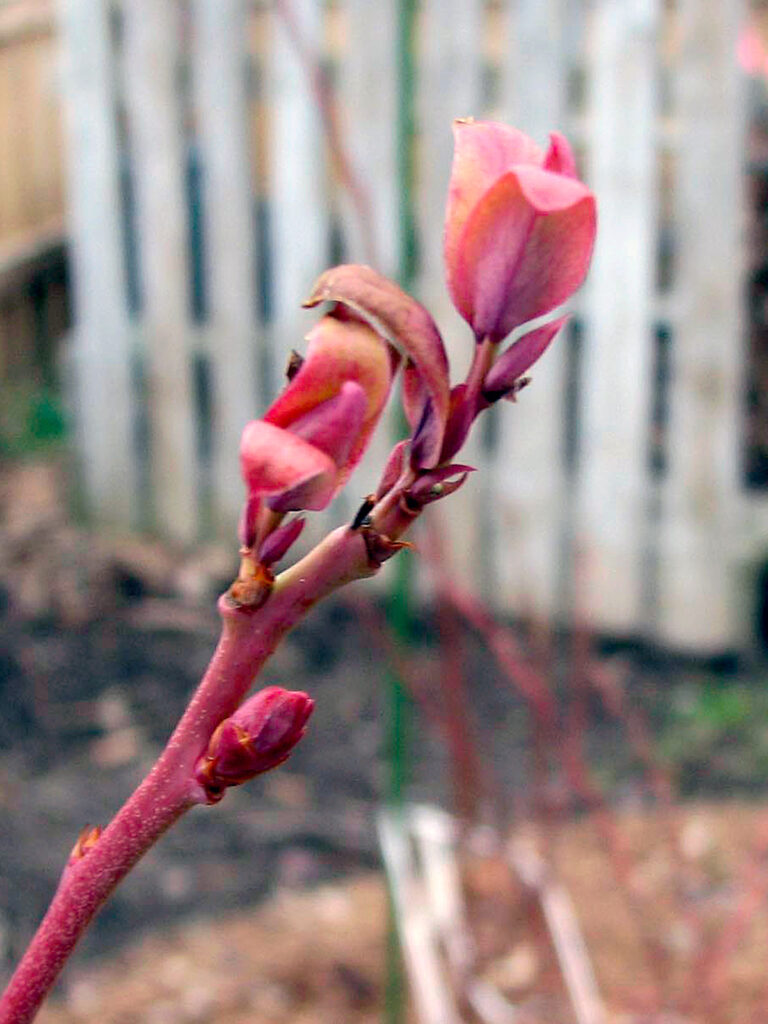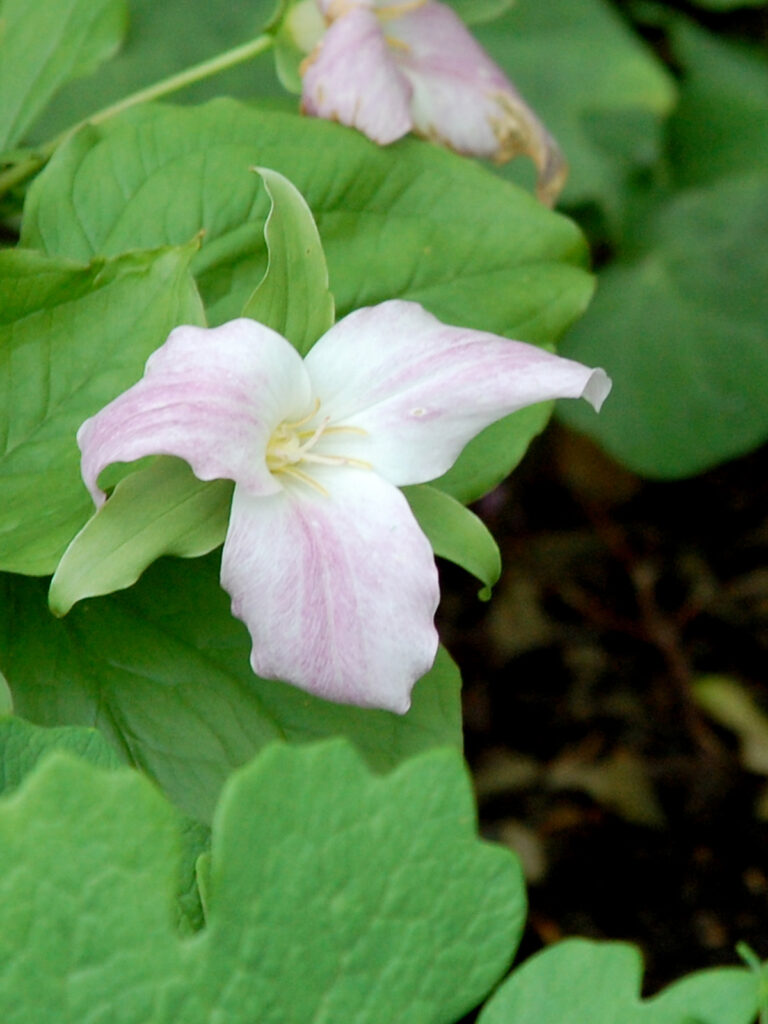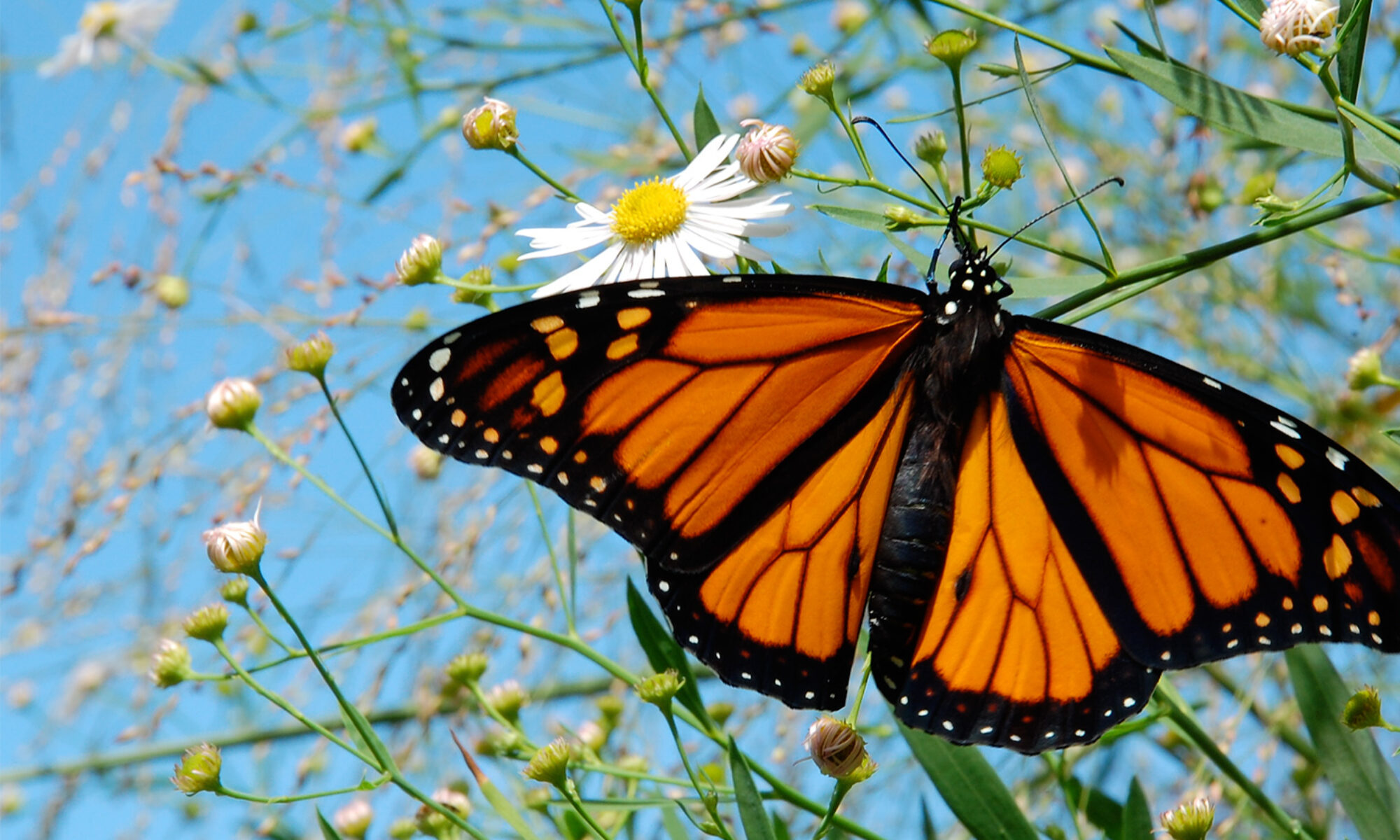What’s phenology?

Project BudBurst defines phenology as “the study of the timing of life cycle events in plants and animals.
In other words, studying the environment to figure out how animals know when it is time to hibernate, and what ‘calendar’ or ‘clock’ plants use to begin flowering, leafing or reproducing.”
In the past, people noticed these life cycle events either for survival — using nature to predict weather or planting times, for example — or for pleasure.
It’s a symptom of our lost connection with the natural world that we don’t note such things anymore.
What does phenology have to do with climate?
Even though some of the media and some politicians choose to deny the reality of climate change, plants and animals don’t listen to the commercials or “news” programs and are already responding to the changing climate.
Tracking changes in their life cycle events will help gather the information necessary for us to address — as best we can at this late date — the approaching challenges.
Learning curve

As in most community science projects, there’s a learning curve for learning how to make the observations and how to record them.
In this case, I had to learn to judge the particular phase a plant or animal was exhibiting. As Project BudBurst added photos for plant phenophases, this became somewhat easier. As I’ve observed over the last few years, I’ve begun to develop a feel for these phases, though I’m still learning.
The first year I participated, I chose too many plants and animals to monitor (about 30). If I had it to do over, I would have started with maybe a dozen or fewer of the easier ones — in other words, plants and animals whose phases are pretty distinct or maybe one category whose phases are all similar. As they add photos and other helpful tips on the website, it should get easier each year for beginners.
I also made the mistake of not taking enough time to read all the FAQs and other resources available. At the end of the season, I found that many of my questions were already answered right there on the website. I either hadn’t read them at the beginning, or had read them and forgotten the information.
This is another reason to start off more slowly.
Phenology projects
I’ve participated in two different phenology projects, each of which are collaborative efforts among prominent and well-respected organizations and institutions. I’m committed to making this contribution to the most important issue of our generation: climate change.
Project BudBurst
Project BudBurst is a streamlined version of the National Phenology Project (below). I participated in this a few years, then switched to the National Phenology Project because of the greater number of plants that could be monitored and also because of the addition of some animals that could be monitored. Now they seem to have updated the BudBurst project, so I switched back. (It’s also less time-consuming since you just note when each phase occurs for each plant rather than indicating the phase for all plants every time you observe.)
If we still had children at home, it would be a wonderful way for them to be involved in actually DOING science, not just reading textbooks. We’d also hope that our kids’ schools would participate since there are a lot of materials available for kids to do in the classroom.
I find it easier (at least when I’m monitoring a number of plants and animals) to create my own template for recording data. I organized a two-page list according to the path l travel through my yard as I’m monitoring the plants.
National Phenology Project
The National Phenology Network (NPP)’s Nature’s Notebook is pretty impressive. They have an excellent website and supporting materials. I created my own customized datasheets. It often just makes it easier. For Nature’s Notebook, though, I was glad I downloaded their datasheets, which are already customized for each plant or animal.
An advantage of participating in this project is that it serves as an umbrella project for other phenology projects such as the Great Sunflower Project and the Milkweed Phenology project, so if your observations can count for those, too.
I was surprised, but somewhat sad, to see that I was one of the top observers. Why sad? It indicates that there really aren’t that many people collecting this data around the country because my own efforts aren’t that extraordinary.
Resources
- Project BudBurst:
- VIDEO: Introduction to BudBurst
- VIDEO: The stories plants tell – The story of phenology – short, enjoyable video explaining phenology and why community science efforts are important.
- VIDEO: Milkweed and monarchs training – (18-min)
Reflections
In June as many as a dozen species may burst their buds on a single day. No man can heed all of these anniversaries; no man can ignore all of them.
~ Aldo Leopold
